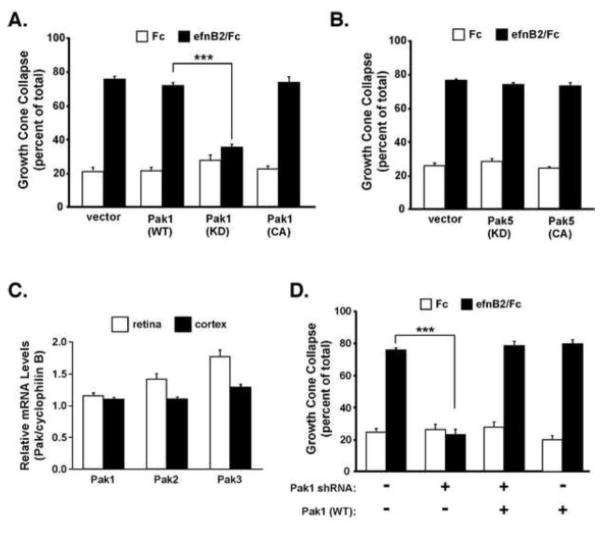Figure 4. EphrinB2-induced growth cone collapse requires Pak1 kinase activity.
(A) Growth cone collapse assay of E18 cultured rat cortical neurons transfected with wild-type Pak1, a kinase-dead Pak1 mutant (K299R), a constitutively active Pak1 mutant (L107F), or vector control (***p<0.001, Two-way ANOVA, n=9 from 3 independent experiments).
(B) Growth cone collapse assay of cultured cortical neurons transfected with WT or kinase activity mutants of Pak5.
(C) Relative mRNA expression of Pak1, Pak2 and Pak3 in whole retina (white bars) or cerebral cortex (black bars) from indicated developing mouse tissues (E16.5) and normalized to mRNA levels of the housekeeping gene, cyclophilin B (PpiB).
(D) Growth cone collapse assay of cultured cortical neurons transfected with a Pak1 shRNA plasmid with or without a wild-type, RNAi-resistant human Pak1 plasmid (***p<0.001, Two-way ANOVA, n=9 from 3 independent experiments).

